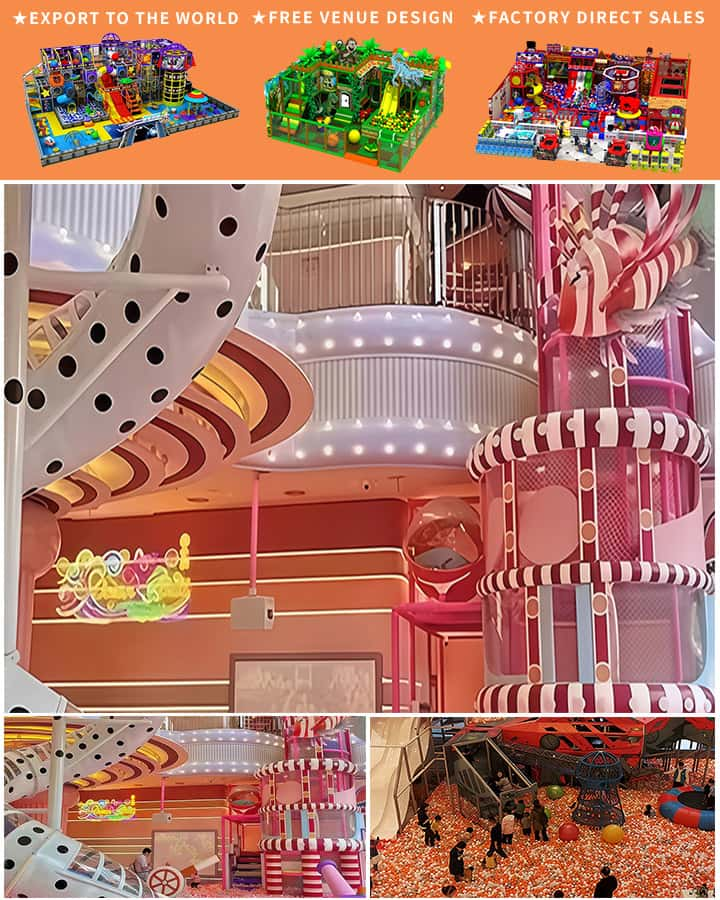Creating a stimulating and safe playground environment for children is an essential part of the educational experience. However, schools often face significant challenges when it comes to budgeting for playground equipment. Understanding the various factors that contribute to the cost can help administrators make informed decisions. This article explores the key considerations in determining the cost of playground equipment for schools.
Types of Playground Equipment
The first step in assessing the cost of playground equipment is understanding the different types available. The primary categories include:
Traditional Playground Equipment: This includes swings, slides, seesaws, merry-go-rounds, and climbing structures. These are often made from metal or plastic and are designed to be durable and safe.
Inclusive Playground Equipment: Designed to accommodate children of all abilities, this type of equipment includes wheelchair-accessible swings, sensory play elements, and adaptive climbers. They may be more expensive due to specialized features.
Natural Playgrounds: Incorporating elements like wood chips, grass, logs, and boulders, natural playgrounds encourage imaginative play and are generally less expensive to install than traditional or inclusive equipment.
Modular Playground Systems: These systems offer flexibility in design and can be tailored to fit specific spaces and needs. They often come with a higher initial cost but provide long-term customization benefits.

Factors Influencing Cost
Several factors can influence the overall cost of playground equipment:
Material and Build Quality: High-quality materials such as stainless steel, heavy-duty plastics, and non-toxic finishes tend to be more expensive but offer greater durability and safety.
Size and Complexity: Larger and more complex structures, such as multi-level play systems or elaborate climbing setups, naturally cost more due to the increased amount of materials and labor required.
Safety Features: Equipment that complies with the latest safety standards and has additional features like impact-absorbing surfaces or rounded edges will have a higher price tag but offers better protection for children.
Installation Costs: Professional installation is often necessary for large or complex playground equipment. Labor costs for excavation, assembly, and surfacing can significantly add to the total expense.
Maintenance and Longevity: While some equipment may be cheaper upfront, it’s important to consider long-term maintenance costs. Higher-quality materials typically require less frequent repairs and replacements, leading to cost savings over time.
Customization Options: Custom-designed playgrounds that cater specifically to a school’s needs and space constraints may be more expensive but can provide unique benefits that pre-made options cannot offer.
Budget Considerations
To manage costs effectively, schools should:
Prioritize Needs: Assess which pieces of equipment are most essential and beneficial for their students. Start with basic items and gradually expand the playground as budget allows.
Seek Funding Opportunities: Grants, community fundraising efforts, and partnerships with local businesses can help offset the high costs associated with quality playground equipment.
Plan for the Future: Opt for versatile and durable equipment that will stand the test of time rather than cutting corners on cheap alternatives that may quickly become unusable or unsafe.
Engage the Community: Involve parents, students, and other stakeholders in the planning process. Their input can help ensure that the playground meets the needs of the community while staying within budget constraints.
Conclusion
While the cost of playground equipment for schools can be substantial, investing in high-quality, safe, and enjoyable play areas is crucial for the physical and social development of children. By understanding the various factors that influence cost and making thoughtful decisions, schools can create enriching playground environments without breaking the bank. With careful planning and community involvement, it’s possible to strike a balance between fun and budget, ensuring that every child has access to a vibrant and secure outdoor play space.




